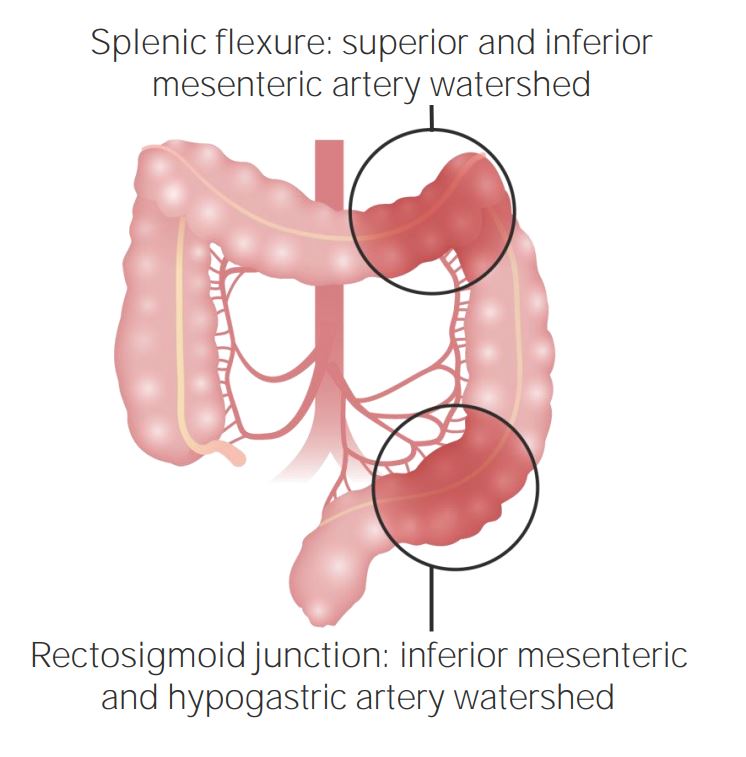Playlist
Show Playlist
Hide Playlist
Chemical Agents – Etiologies of Cellular Injury
-
Slides Cellular Pathology Etiologies of Injury.pdf
-
Reference List Pathology.pdf
-
Download Lecture Overview
00:01 All right, let's talk about some of the toxin, injury by chemical agents, and they're just a few basic take home points about this. 00:09 So toxins may act directly. 00:12 They may be injurious just because of what they are as they are hitting the tissue. 00:19 Mercury chloride, not a common poison, used to be the, the hatters of old when they make hats would use mercury chloride is making the felt, and that's where the term Mad Hatter comes from is from actually mercury chloride poisoning. 00:36 And what it does is it modifies plasma membrane self hydro groups by the mercury chloride directly. 00:42 And that inhibits sodium-potassium ATPase. 00:46 That's very important because remember, sodium-potassium ATPase is critical for maintaining the balance of sodium and potassium within cells. 00:54 And if we poison the sodium-potassium ATPase irreversibly, then we don't push out sodium. 01:03 We accumulate more and more sodium within the cell, and with it comes more and more water, and eventually the cells get so big and so bloated with water that they rupture and die. 01:13 So direct injury is an example. 01:15 Cyanide, we already mentioned that, it poisons electron transport chain directly, But then there are a number of poisons that are not poisonous to begin with, that are not toxins to begin with, they are metabolized and then become toxic. 01:30 So on this list, acetaminophen, and those of you who are vaguely aware of what this is, the brand name is Tylenol. 01:38 Acetaminophen, you're thinking, Oh, my God, I take that all the time. It can be toxic. 01:42 Well, yeah, If you take too much of it, it can be. 01:44 It gets metabolized into a toxic compound that will cause irreversible liver damage. 01:52 Who knew? Carbon tetrachloride, also very common in the dry cleaning industry, will be metabolized to carbon tetrachloride with free radical. 02:03 So metabolites of something that was not toxic to begin with can actually be injurious. 02:11 So therapeutic agents can be toxins. 02:13 Every drug that you will prescribe, every drug that you may take will have a therapeutic index, meaning that at some level it won't be effective, and another level, it will be toxic. 02:27 And there's a window in between, that's the sweet spot where it does what it's supposed to do. 02:31 But if you have too much of it, you can have a toxic effect. 02:34 Acetaminophen, as I just mentioned, is an example of that. 02:38 Isoniazid, which is used very commonly in the treatment of tuberculosis, has a very toxic side effect at higher doses. 02:47 And every drug, every single drug at sufficiently high enough level will have a toxicity. 02:53 So just keep that in mind. 02:55 Therapeutic agents sometimes can be toxic agents, and then finally, physiologic compounds that we think are, But you know, those are great things. 03:05 Oxygen. Yeah, everything needs oxygen. 03:07 And yet if I put you into a hyperbaric chamber, 100% oxygen and leave you there for a week, you will develop pulmonary fibrosis. 03:17 You will develop damage to your lungs because of the generation of oxygen free radicals. 03:23 So even oxygen at high enough concentrations can be injurious. 03:28 Glucose. 03:29 You're thinking, glucose well, no, I need that. 03:31 That's how I generate ATP, right? Well, yeah, but think about too much glucose. 03:36 What's that disease? Diabetes. 03:39 So even glucose can be injurious at sufficiently high concentrations. 03:46 And neurotransmitters, well, that's how the brain works. 03:49 We send little messengers from one neuron to the next one. 03:53 We'll in fact, some of those if you're released in high enough doses locally, can be toxic to the cell that has been bathed in those neurotransmitters and we will get neuronal cell death. 04:06 So things that you may not even think are toxic can be toxic. 04:10 Just to keep that in mind.
About the Lecture
The lecture Chemical Agents – Etiologies of Cellular Injury by Richard Mitchell, MD, PhD is from the course Cellular Injury.
Included Quiz Questions
Which of the following causes cell damage by inhibiting the electron transport chain?
- Cyanide
- Mercury chloride
- Carbon tetrachloride
- Acetaminophen
How does acetaminophen cause cell injury?
- Formation of toxic metabolites
- Formation of oxygen-containing free radicals
- Reduction of the oxygen-carrying capacity of the blood
- Modification of the cell membrane sulfhydryl group
- Inhibition of RNA polymerase II
Customer reviews
5,0 of 5 stars
| 5 Stars |
|
2 |
| 4 Stars |
|
0 |
| 3 Stars |
|
0 |
| 2 Stars |
|
0 |
| 1 Star |
|
0 |
I really liked it; I loved the teaching method and the way he explains.
1 customer review without text
1 user review without text





